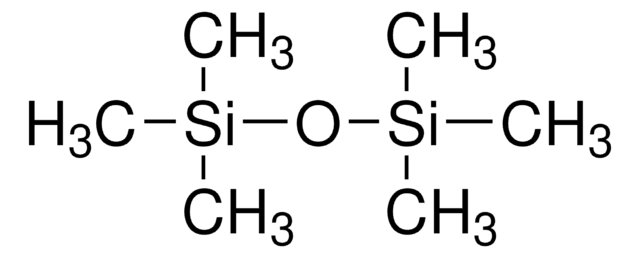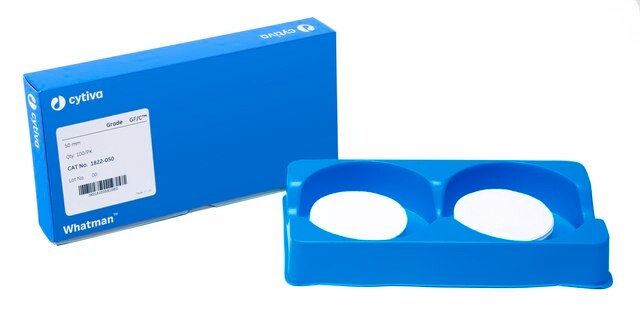87920
Tetramethylsilane
analytical standard, for NMR spectroscopy, ACS reagent
About This Item
Productos recomendados
grado
ACS reagent
analytical standard
for NMR spectroscopy
Nivel de calidad
presión de vapor
11.66 psi ( 20 °C)
Análisis
≥99.5% (GC)
formulario
liquid
temp. de autoignición
842 °F
índice de refracción
n20/D 1.358 (lit.)
n20/D 1.359
bp
26-28 °C (lit.)
mp
−99 °C (lit.)
densidad
0.648 g/mL at 25 °C (lit.)
aplicaciones
environmental
formato
neat
temp. de almacenamiento
2-8°C
cadena SMILES
C[Si](C)(C)C
InChI
1S/C4H12Si/c1-5(2,3)4/h1-4H3
Clave InChI
CZDYPVPMEAXLPK-UHFFFAOYSA-N
¿Está buscando productos similares? Visita Guía de comparación de productos
Descripción general
Aplicación
Palabra de señalización
Danger
Frases de peligro
Consejos de prudencia
Clasificaciones de peligro
Flam. Liq. 1
Código de clase de almacenamiento
3 - Flammable liquids
Clase de riesgo para el agua (WGK)
WGK 3
Punto de inflamabilidad (°F)
-16.6 °F - closed cup
Punto de inflamabilidad (°C)
-27 °C - closed cup
Equipo de protección personal
Eyeshields, Faceshields, Gloves
Elija entre una de las versiones más recientes:
¿Ya tiene este producto?
Encuentre la documentación para los productos que ha comprado recientemente en la Biblioteca de documentos.
Los clientes también vieron
Nuestro equipo de científicos tiene experiencia en todas las áreas de investigación: Ciencias de la vida, Ciencia de los materiales, Síntesis química, Cromatografía, Analítica y muchas otras.
Póngase en contacto con el Servicio técnico










